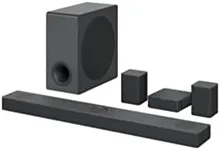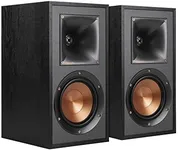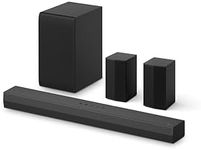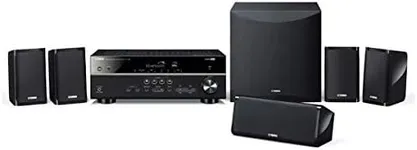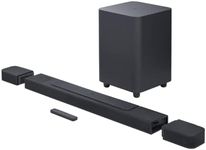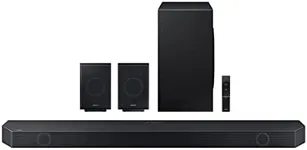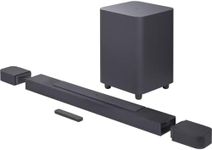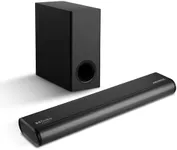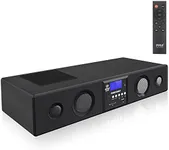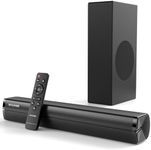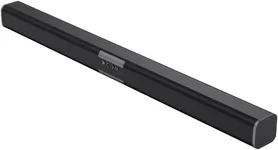Buying Guide for the Best Surround Sound Speakers
Choosing the right surround sound speakers can greatly enhance your home entertainment experience. The key is to understand the different specifications and how they align with your needs. By focusing on the right specs, you can ensure that you get the best sound quality and performance for your setup.Speaker ConfigurationSpeaker configuration refers to the number of speakers and their arrangement in your surround sound system. Common configurations include 5.1, 7.1, and 9.1, where the first number indicates the number of main speakers and the second number indicates the subwoofer. A 5.1 system is a good starting point for most users, providing a balanced surround sound experience. If you have a larger room or want more immersive sound, consider a 7.1 or 9.1 system. Your room size and layout will guide you in choosing the right configuration.
Power Handling (Wattage)Power handling, measured in watts, indicates how much power a speaker can handle from an amplifier without being damaged. Higher wattage speakers can produce louder sound without distortion. For small to medium-sized rooms, speakers with 50-100 watts are usually sufficient. For larger rooms or if you prefer very loud sound, look for speakers with 100-200 watts or more. Consider your room size and how loud you like your audio when choosing the right power handling.
Frequency ResponseFrequency response measures the range of sounds a speaker can reproduce, from the lowest bass to the highest treble, typically measured in Hertz (Hz). A wider frequency range means the speaker can produce more detailed and accurate sound. For a good surround sound experience, look for speakers with a frequency response of at least 20Hz to 20kHz, which covers the full range of human hearing. If you enjoy deep bass, ensure the lower end of the range is around 20Hz.
SensitivitySensitivity, measured in decibels (dB), indicates how efficiently a speaker converts power into sound. Higher sensitivity means the speaker can produce more sound from less power. Speakers with a sensitivity of 88 dB or higher are considered efficient and can produce good volume levels without requiring a powerful amplifier. If you have a less powerful amplifier, look for higher sensitivity speakers to ensure you get adequate volume.
ImpedanceImpedance, measured in ohms, refers to the resistance a speaker offers to the current from the amplifier. Common impedance values are 4, 6, and 8 ohms. Most home audio systems are designed to work with 8-ohm speakers, which are a safe and compatible choice for most users. If you have a high-end amplifier, you might consider 4 or 6-ohm speakers for potentially better sound quality. Check your amplifier's specifications to ensure compatibility with your chosen speakers.
Build Quality and MaterialsThe build quality and materials of the speakers affect their durability and sound quality. High-quality materials like wood or metal enclosures can reduce vibrations and improve sound clarity. Look for speakers with solid construction and good reviews on their build quality. If you plan to use the speakers in a high-humidity environment, consider materials that are resistant to moisture. Your preference for aesthetics and durability will guide you in choosing the right build quality.
Connectivity OptionsConnectivity options refer to the ways you can connect your speakers to your audio source. Common options include wired connections like HDMI, optical, and RCA, as well as wireless options like Bluetooth and Wi-Fi. Wired connections generally offer better sound quality, while wireless options provide more flexibility in speaker placement. Consider your existing audio equipment and how you plan to set up your speakers when choosing the right connectivity options.

